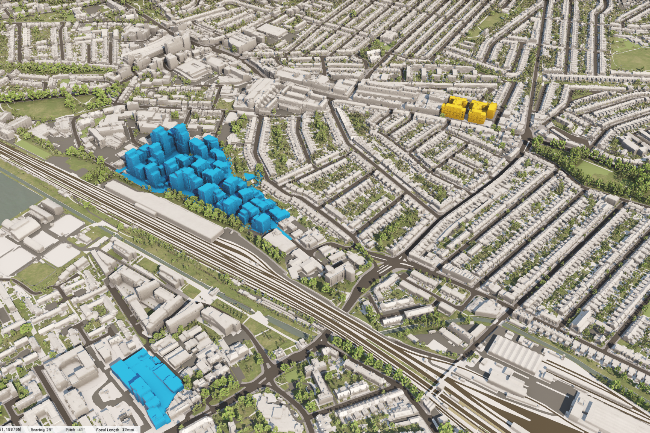
Fast, Design Led Capacity Assessments with SiteSolve

- Company: VU.CITY
- Client: London Borough of Haringey
- Year: 2024 - 2025
- Region: England
- Product: SiteSolve
- Artificial intelligence (AI) and software solutions
Introduction
Challenges
Solutions
As part of the PropTech project, both London Borough of Haringey and London Borough of Barnet have been working together with VU.CITY to identify and deliver software improvements to enhance the usability of SiteSolve for local authorities and develop a design-led methodology for its use.
Results
The ease of use enables users to quickly produce different capacity options for each site to help inform decision makers. In addition, decision makers appreciate the ability to visualise capacity models both with SiteSolve and in its surrounding context in VU.CITY. The fact that capacity models have been set up for emerging site allocations establishes a strong, broadly policy compliant, and compelling vision for officers and decision-makers to understand and build on when assessing development proposals.
